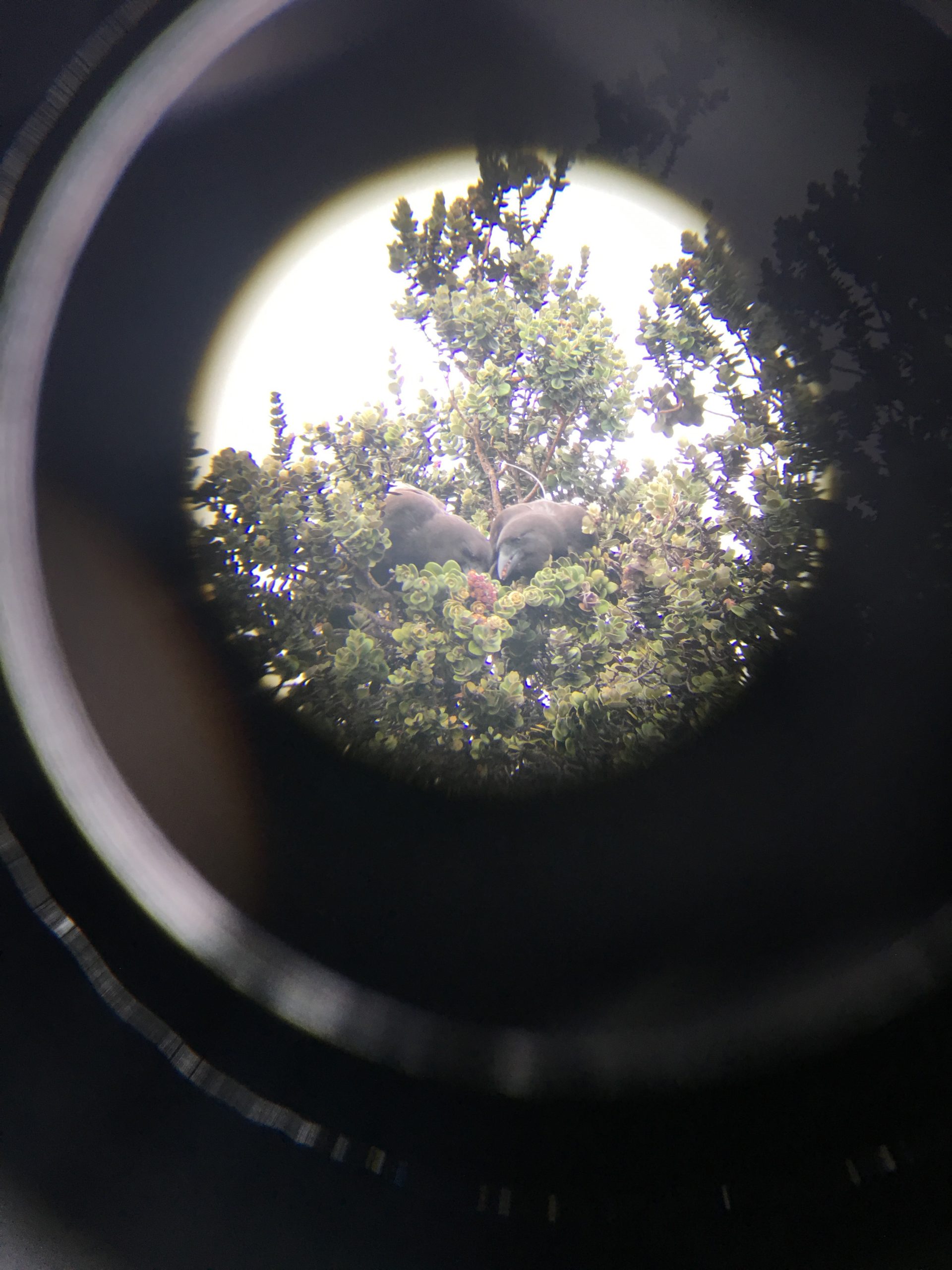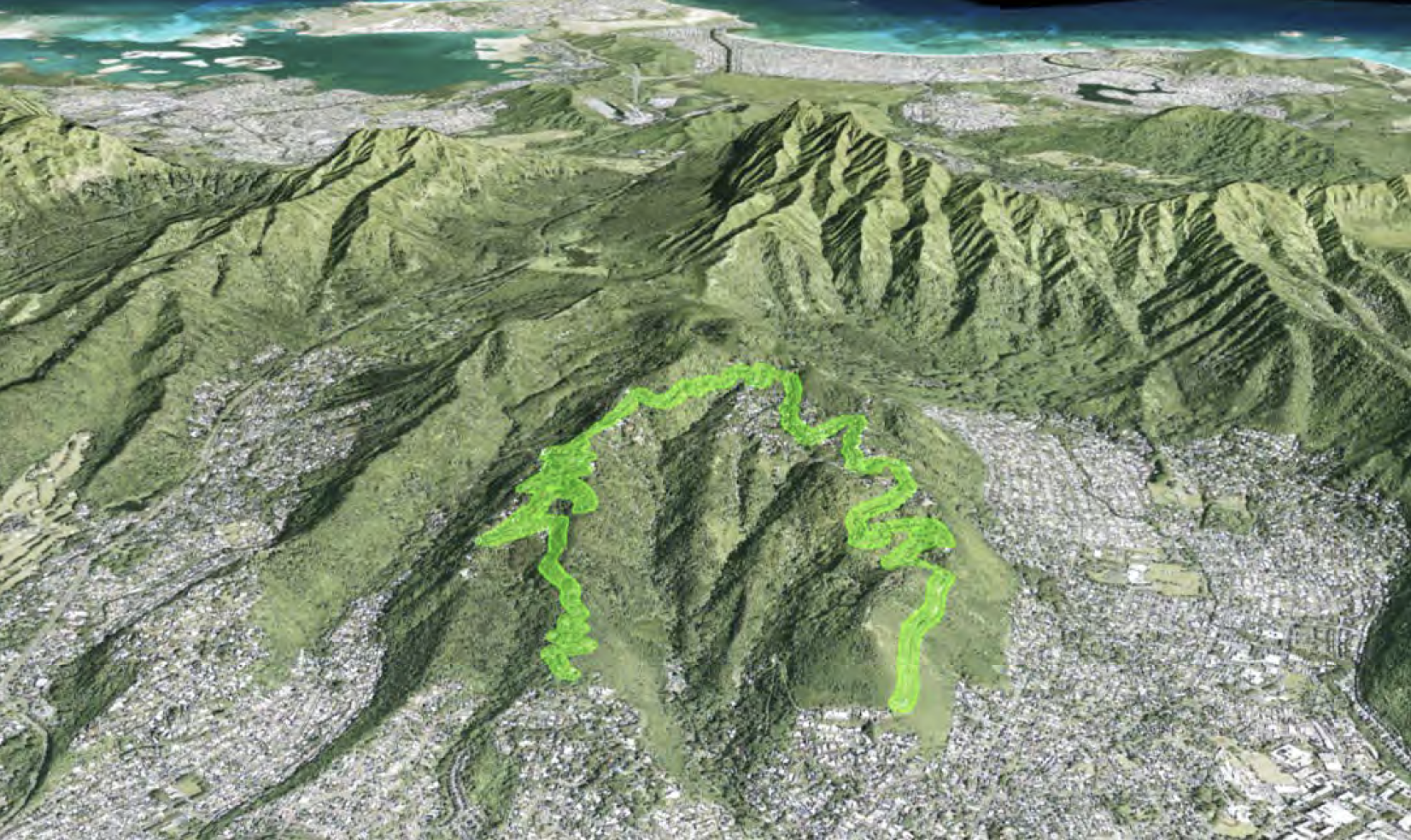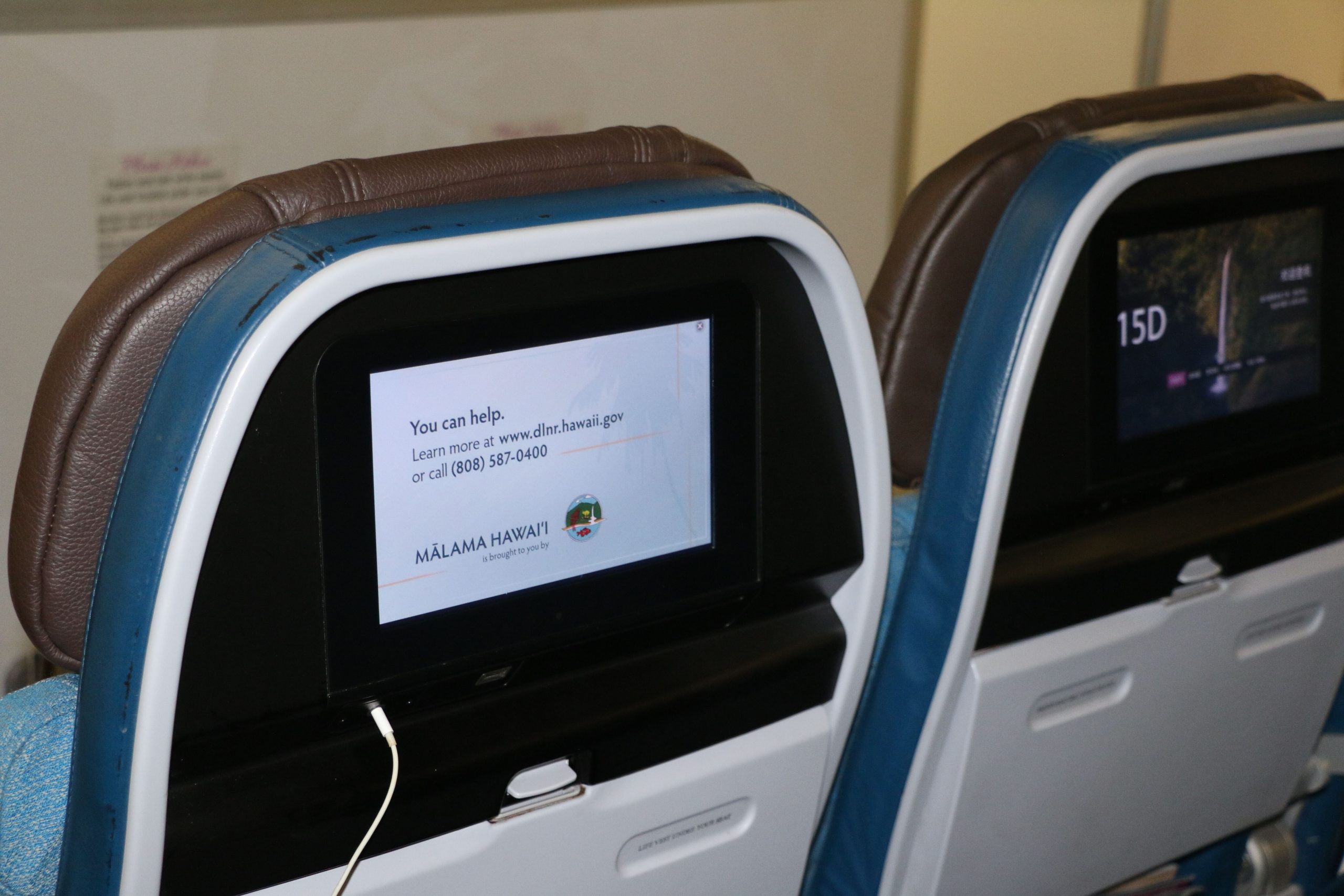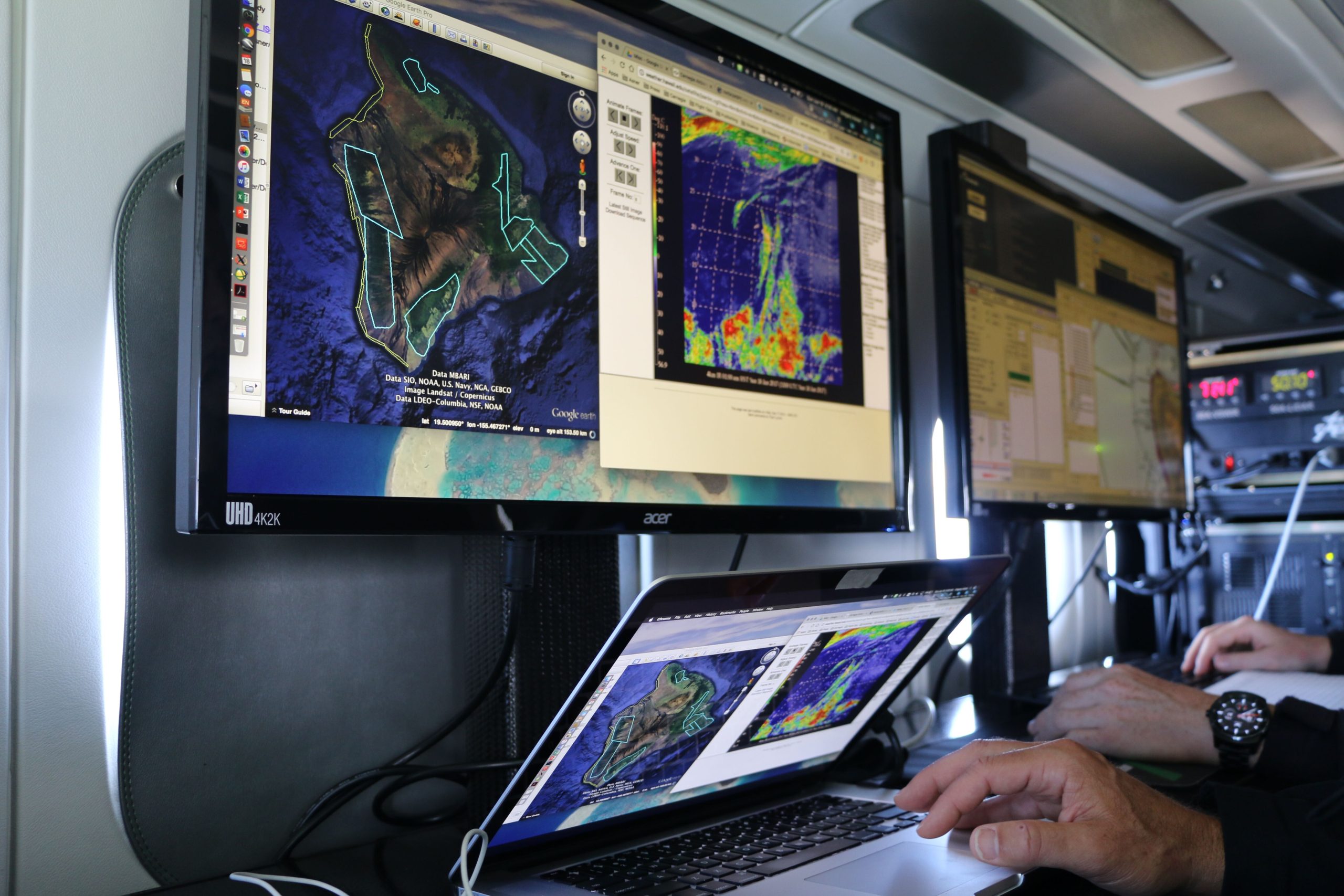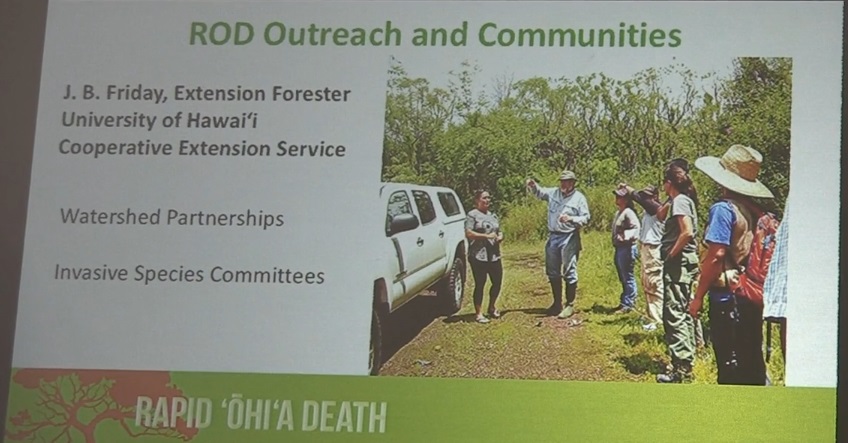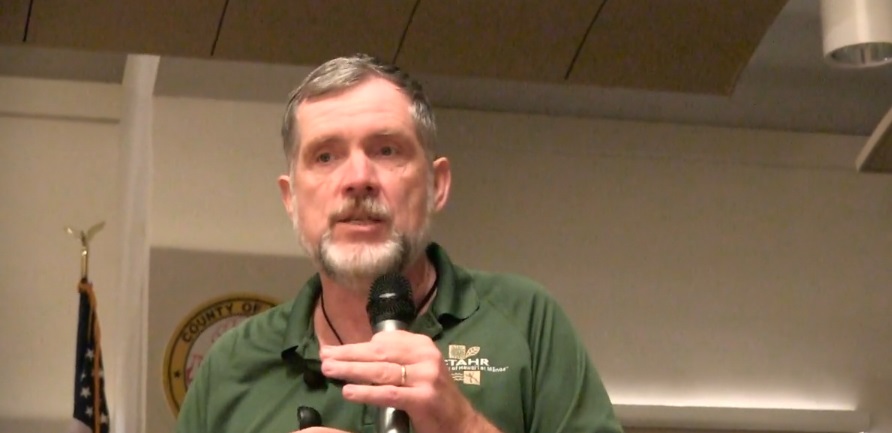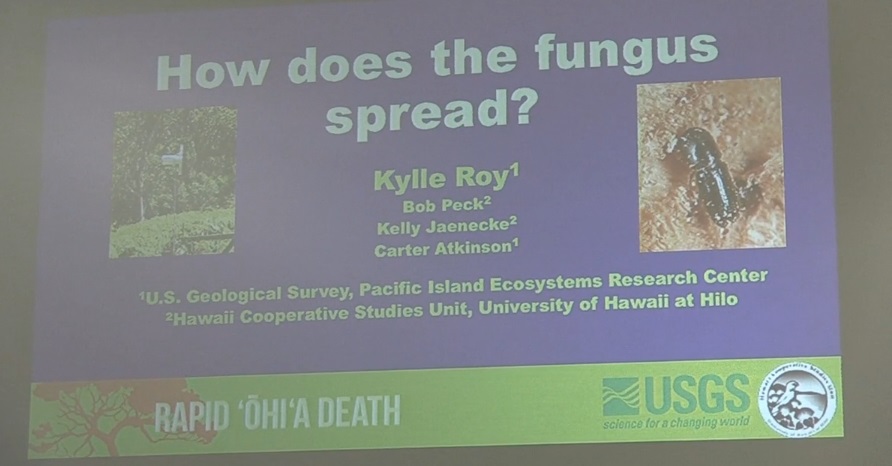(Pu‘u Maka‘ala Natural Area Reserve, Hawai‘i) – Two ‘Alalā in the Pu‘u Maka‘ala Natural Area Reserve have reached a new milestone, one not seen in the forests of Hawaiʻi for almost 20 years. They have built a nest. In early April, team members observed two birds, Mana'olana and Manaiakalani beginning to build a nest platform structure near their 2017 release site.
Forestry & Wildlife
(Hilo) – One of the most rugged and hard-to-reach beaches in Hawai‘i has been infamously dubbed “plastic beach, trash beach and rubbish beach.” Not so long ago the strips of white sand at Kamilo Point on Hawai‘i Island were chest-high in plastic debris, off all sizes, shapes and variety; washed ashore by ocean currents.
(Honolulu) – Kohala lands within the Kula Iwi (homeland) of Kamehameha the Great on Hawai‘i island; stunningly beautiful coastal pasture in Hāna, Maui; restored access to a Hawaiian fishpond on Kaua‘i’s north shore; and two tracts of high-quality O‘ahu forest can now be protected for public benefit with the help of grant funding from the State Legacy Land Conservation Program.
(Honolulu)-The DLNR Division of Forestry and Wildlife (DOFAW) has scheduled an open meeting to discuss the recently issued draft of its Tantalus-Round Top Drive Corridor Management Plan (“Draft TRTD-CMP”). The Draft TRTD-CMP identifies management issues in the area and recommends actions that should be undertaken to maintain and enhance the corridor.
(Honolulu) – In the coming days and months it’s going to be hard to avoid the phrase, “Mālama Hawai‘i," when flying, staying in a hotel room, watching TV or enjoying the outdoors throughout the Hawaiian Islands. DLNR and the Hawai‘i Tourism Authority (HTA) have partnered to launch Mālama Hawai‘i, a comprehensive campaign designed to educate and remind visitors and kama‘āina about being respectful of the islands’ natural resources, protecting wildlife, and staying safe at all times while in Hawai‘i.
People who participated in the community forum on Rapid Ohia Death held at the West Hawaii Civic Center in Kona on March 30, 2019, again break into small groups for a second question and answer session with the experts.
(Honolulu) – While the complete data is still being analyzed, aerial surveys of Hawai‘i Island, Kaua‘i, and parts of east Maui earlier this year covered 1,081,000 acres of ʻōhiʻa forest being potentially impacted by the serious fungal disease known as Rapid ʻŌhiʻa Death (ROD). The overflights conducted by the Arizona State University (ASU) Center for Global Discovery and Conservation Science in Hilo, utilize a high-tech turboprop aircraft loaded with sophisticated mapping and detection equipment.
In this video presentation from the community forum on Rapid Ohia Death held at the West Hawaii Civic Center in Kona on March 30, 2019, JB Friday of the University of Hawaii Extension Service chronicles the community outreach and education efforts underway statewide to bring attention to this fungal disease.
Dr. J.B. Friday of the University of Hawaii College of Tropical Agriculture and Human Resources presents the latest research on the effects of Rapid Ohia Death on Hawaii’s forests and latest data from statewide aerial surveys conducted to try and detect ROD. The research was conducted by Dr. Flint Hughes of the USDA Forest Service and Ryan Perroy of the University of Hawaii-Hilo.
That’s a question Kylle Roy of the U.S. Geological Survey helps answer during the community forum on Rapid Ohia Death held at the West Hawaii Civic Center in Kona on March 30, 2019. This is one in a series of nine videos from presentations at the event.
